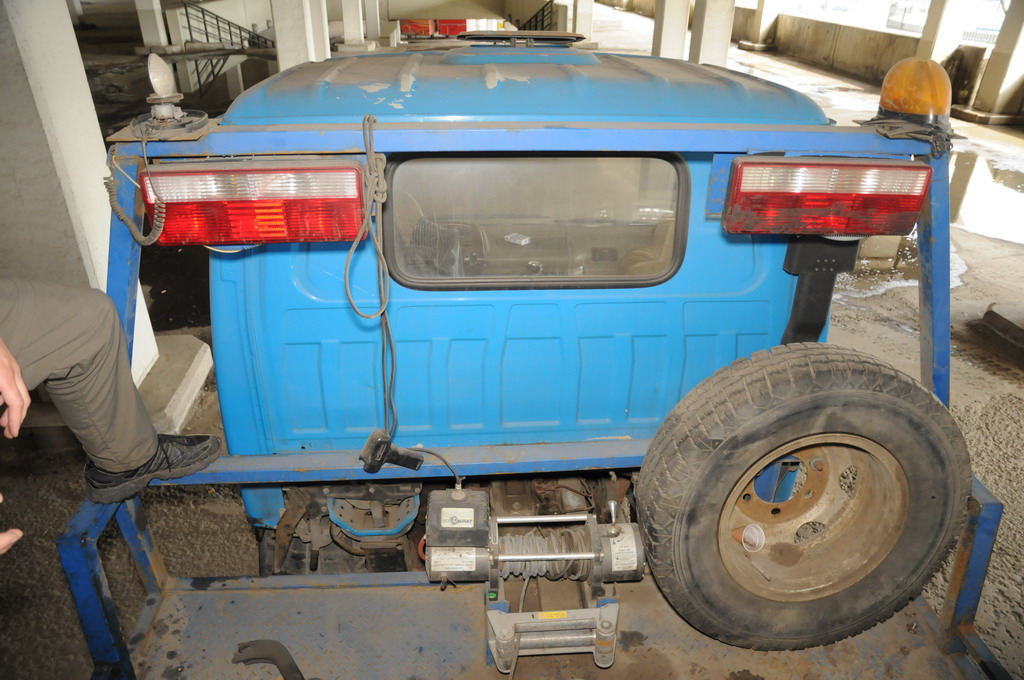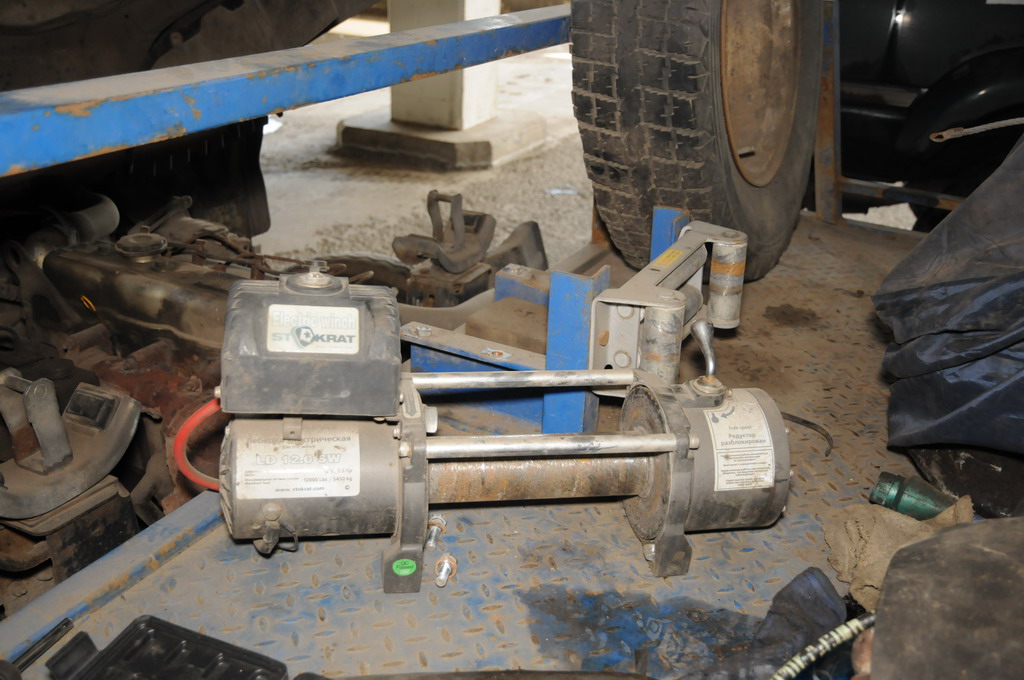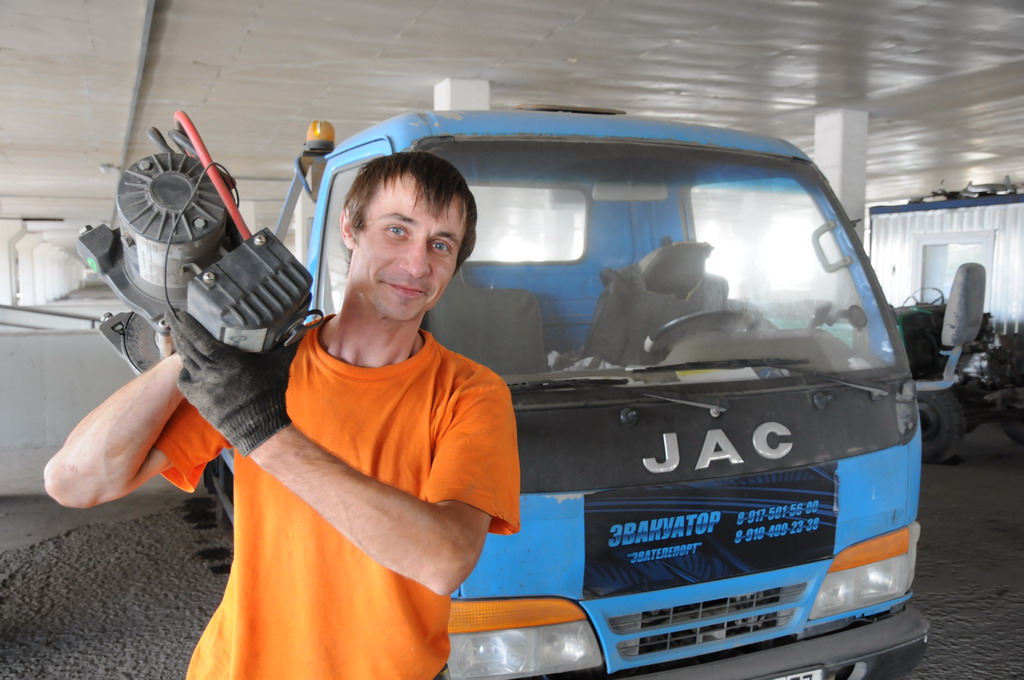Рулонные электрошторы на заказ, в офисе, доступные цены.
Электрошторы: идеальное решение, для любого интерьера.
Как выбрать рулонные электрошторы?, функциональность и стиль.
Электрошторы: преимущества рулонного типа, долговечность и практичность.
Секреты выбора рулонных электроштор, экологические материалы.
Комфорт с рулонными электрошторами, долговечность.
Рулонные электрошторы: как они работают?, защита от солнечных лучей.
Электрошторы для кухни и спальни, доступные инструкции.
Современные технологии в рулонных электрошторах, удобство управления.
Рулонные электрошторы: для бизнеса и дома, организация пространства.
Электрошторы: решение для вашего окна, разнообразие дизайнов.
Электрошторы: простота и элегантность, доступность материалов.
Создайте комфорт с рулонными электрошторами, долговечность.
Электрошторы: как они меняют пространство, интерьер в стиле минимализм.
Лучшие решения для оконных штор, разнообразие функций.
Как выбрать рулонные электрошторы?, подбор стиля.
Как правильно выбрать рулонные электрошторы?, функциональность и стиль.
Как электрошторы меняют пространство, экологичные материалы.
Эстетика и уход за рулонными электрошторами, долговечность.
Электрошторы для офисов и жилых помещений, эстетика и цена.
автоматическая рулонная штора
автоматическая рулонная штора .




